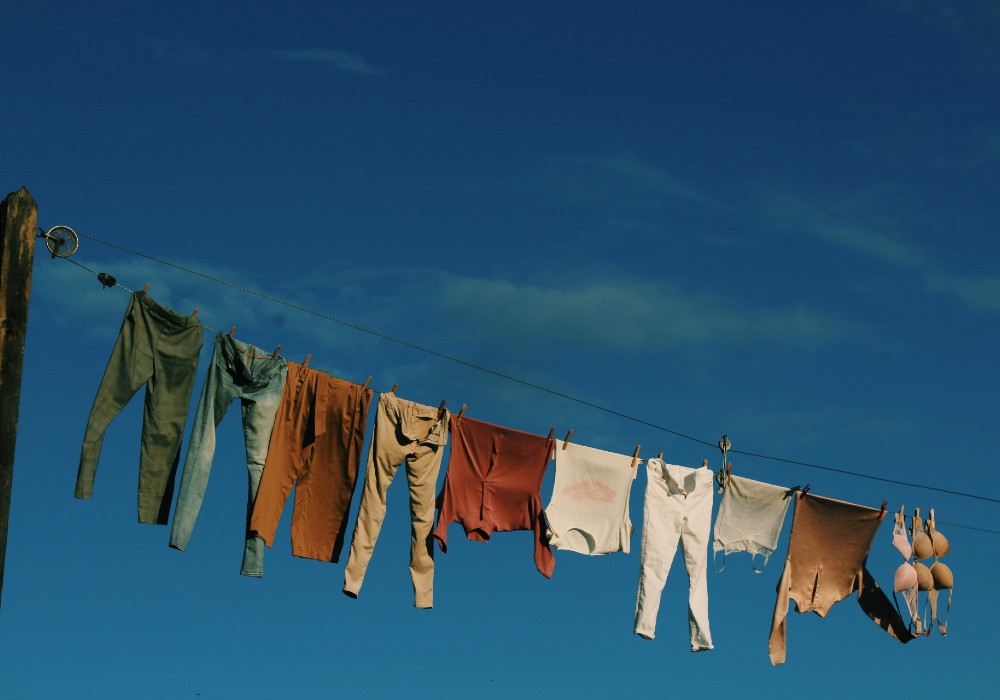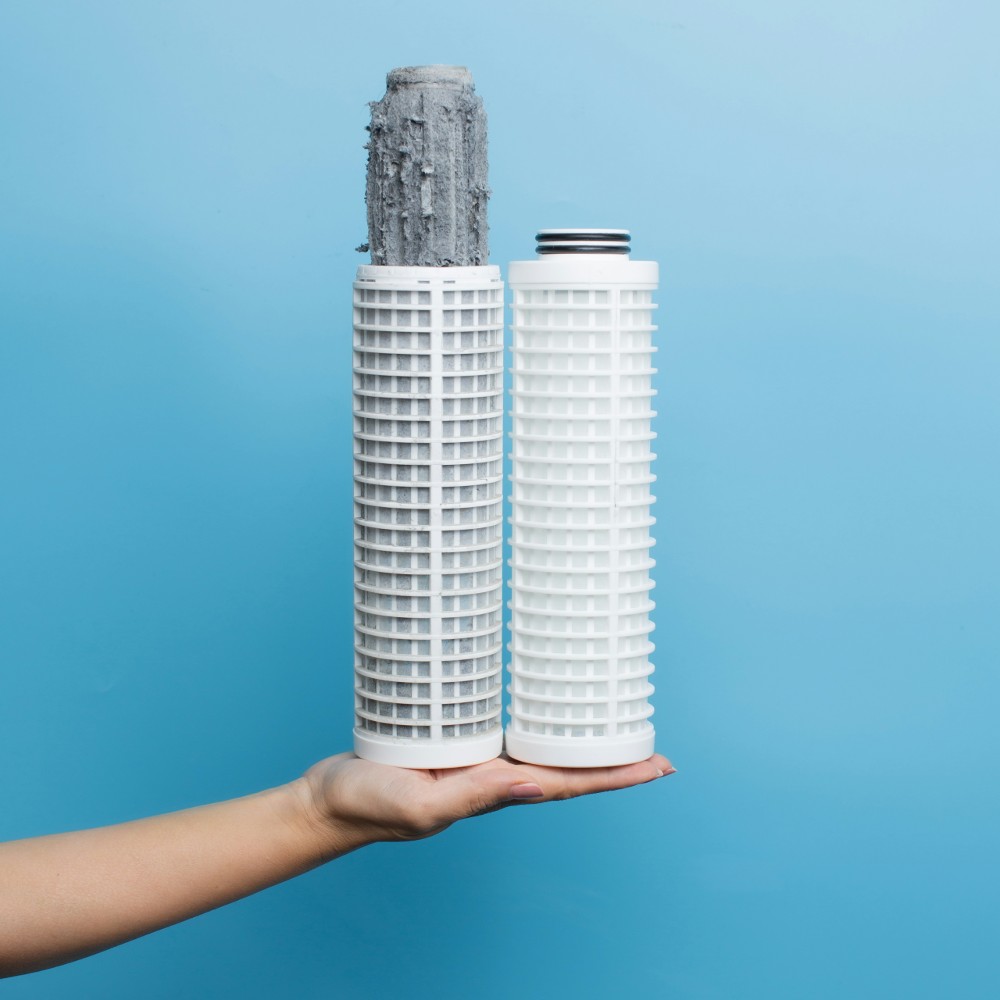5 Steps to Reduce Microplastics Release from Textiles

Key takeaways from this article
- Synthetic fibers are a major source of microplastic pollution, with home laundry contributing significantly to this environmental challenge.
- Simple, everyday actions, such as using specific laundry accessories and adjusting washing habits, play a crucial role in reducing microplastic release.
- Conscious choices in laundry practices and detergent selection can lead to a substantial decrease in the ecological footprint of our wardrobes.
There’s something undeniably comforting about the scent of clothes just pulled from the washing machine, still warm and infused with the crisp, clean fragrance of detergent. It’s a simple pleasure, deeply ingrained in our routines, with the assurance that the mingled scents of water and detergent have worked their magic, stripping away the traces of daily wear, leaving behind only freshness.
Unfortunately, what we can’t perceive is the environmental damage we just unleashed by each machine wash: microplastics. These tiny pollutants, less than 5 millimeters in size, come from synthetic materials that then make their way into rivers and oceans, affecting marine life and climbing the food chain with increasingly harmful effects.
Microplastics release: from your seams to contaminated streams
As we mentioned in our last article, official estimates link 35% of microplastic contamination in our oceans and waterways to microparticle fibers shaped released from washing machines. With synthetic fibers constituting 60% of global fiber consumption, home laundry is responsible for a large portion of the havoc we wreak on the planet in the form of microplastic pollution.[1] While the full extent of microplastics’ environmental and health impacts remains uncertain, current research shows that they harm marine life, damage ecosystems,[2] and pose serious threats to our health causing cell damage, diseases, cancer, and fertility issues.[3] The health of both our planet and humanity is in jeopardy.
Let’s catch the bad guys: 5 strategies to reduce microplastics release
But there are steps in our everyday lives we can take to mitigate the damage and reverse course. Here are 5 easy steps you can take to reduce the release of microplastics from your clothing.

Microparticles filters
More and more companies sell filters that specialize in capturing microparticles and stopping many microplastics from leaking into waterways. Many are easy to install and don’t even need the help of a plumber.
Low washing temperatures
Washing at 40°C or lower helps limit the dispersal of microparticles from fabrics because it prevents fabric wear and tear, reducing the likelihood of ripping and releasing pieces in the wash. Plus, lower temperatures keep energy bills down, protect the color of your clothing, and ensure they last longer.
And speaking of lower temperatures, skip the dryer altogether. Heat can reduce the durability of materials, increasing the likelihood of damage in subsequent washes. Luckily, synthetic clothes dry quickly; try air-drying them to extend their lifespan and possibly save on electricity costs.
Laundry bags or laundry balls
Consider using laundry bags or laundry balls in the wash. These items capture microparticles during washing, preventing them from entering the water system and allowing for easy removal and disposal.
Fill it up!
Wash clothes less often and in full loads. Full loads decrease friction and microparticle release and can cut microparticle shedding in half.[4] Air out or spot clean garments to minimize washing, which reduces microparticle fiber-shade shedding.
Delicate laundry detergents
Use a liquid detergent made with ingredients that are not toxic to the environment. Whether you prioritize plant-based ingredients, biodegradability, or cruelty-free formulations, you can research the products before you buy them and make sure that they meet the standards for human and environmental safety. Also, make sure that the products don’t come in plastic containers.
And just think: these five small tips don’t even require much energy or work. They’re straightforward, effortless, and address a significant threat to our health and ecosystems. Now, imagine the positive impact if we all became more conscious. It can be that easy.
[1] „Primary Microplastics in the Oceans: A Global Evaluation of Sources.“ Available at: https://portals.iucn.org/library/sites/library/files/documents/2017-002-En.pdf
[2] “ Microplastics from textiles: towards a circular economy for textiles in Europe.“ Available at: https://www.eea.europa.eu/publications/microplastics-from-textiles-towards-a
[3] “ Microplastics found in every human placenta tested in study.“ Available at: https://www.theguardian.com/environment/2024/feb/27/microplastics-found-every-human-placenta-tested-study-health-impact
[4] “ Thousands of tonnes of ocean pollution can be saved by changing washing habits.“ Available at: https://www.northumbria.ac.uk/about-us/news-events/news/microfibre-loss/
Author: Giuseppe Scandariato
Latest from the Blog